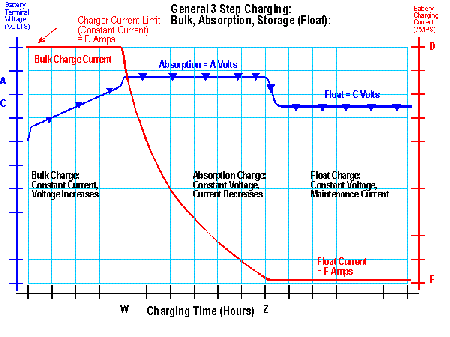Originally posted by BroMikey
View Post
This is the kind of solid baseline analysis which makes it worthwhile to follow this discussion.








 I am rooting for you and your efforts even if I am not convinced yet that your setup is drawing in power from the ground.
I am rooting for you and your efforts even if I am not convinced yet that your setup is drawing in power from the ground.
Comment